
Introduction
The best thing about springtime in Madrid is the Fiestas de San Isidro. On the days running up to May 15 every year, Madrileños sport red carnations and don the colourful clothing of the chulapo and chulapa to celebrate the occasion. The festival goes on for over a week with drinking and dancing in squares and parks across the city. But who was Saint Isidro and how did this local festival evolve?
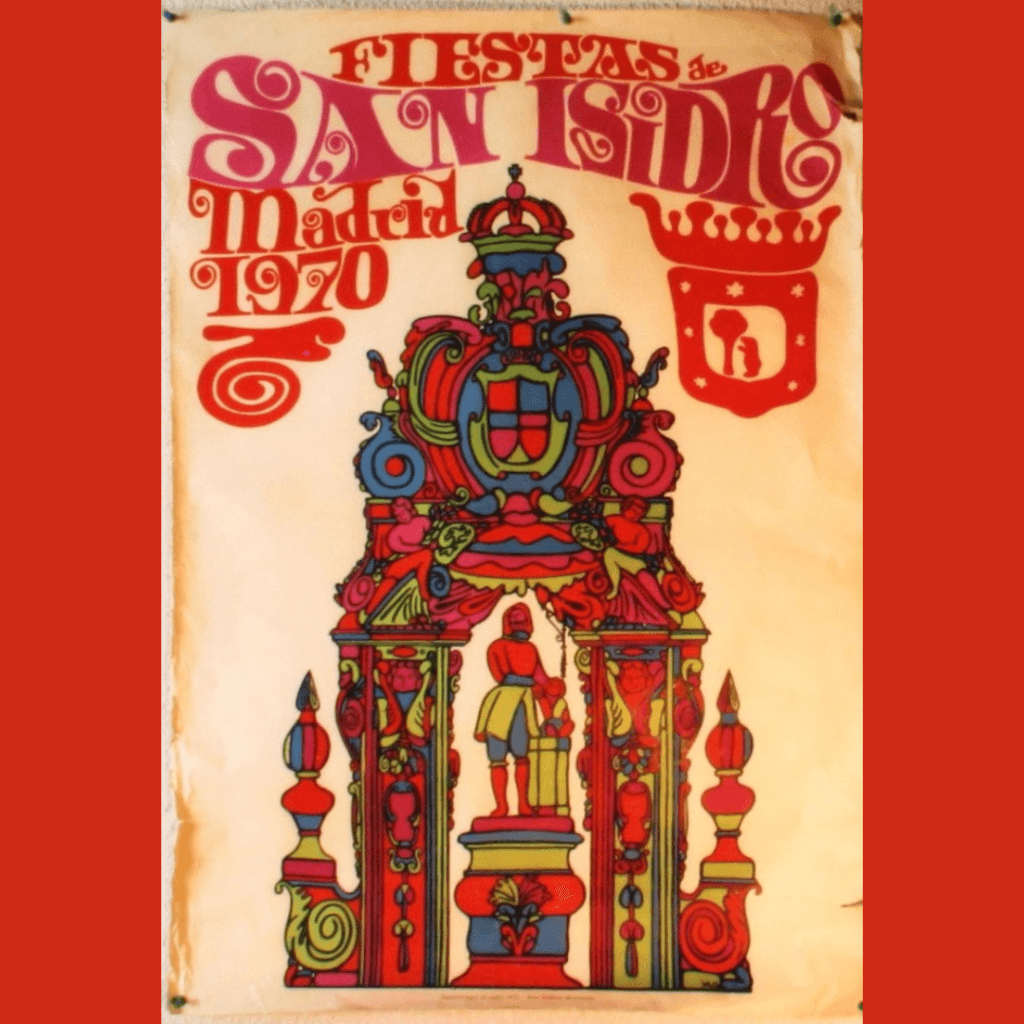
Who Was San Isidro?
In the church of San Isidro lie the embalmed remains of Madrid’s most famous patron saint, Isidro the Labourer. This varnished bag of bones lying on a bed of white satin, his modesty covered by a flag embroidered with the city’s heraldry, is not doing too badly considering it’s been over 1,000 years since he kicked the bucket. Details are sketchy but the saint is thought to have lived and died between 1070 to 1130. If this is the case, he will have witnessed the Christian invasion of the Muslim town of Mayrit (now Madrid).
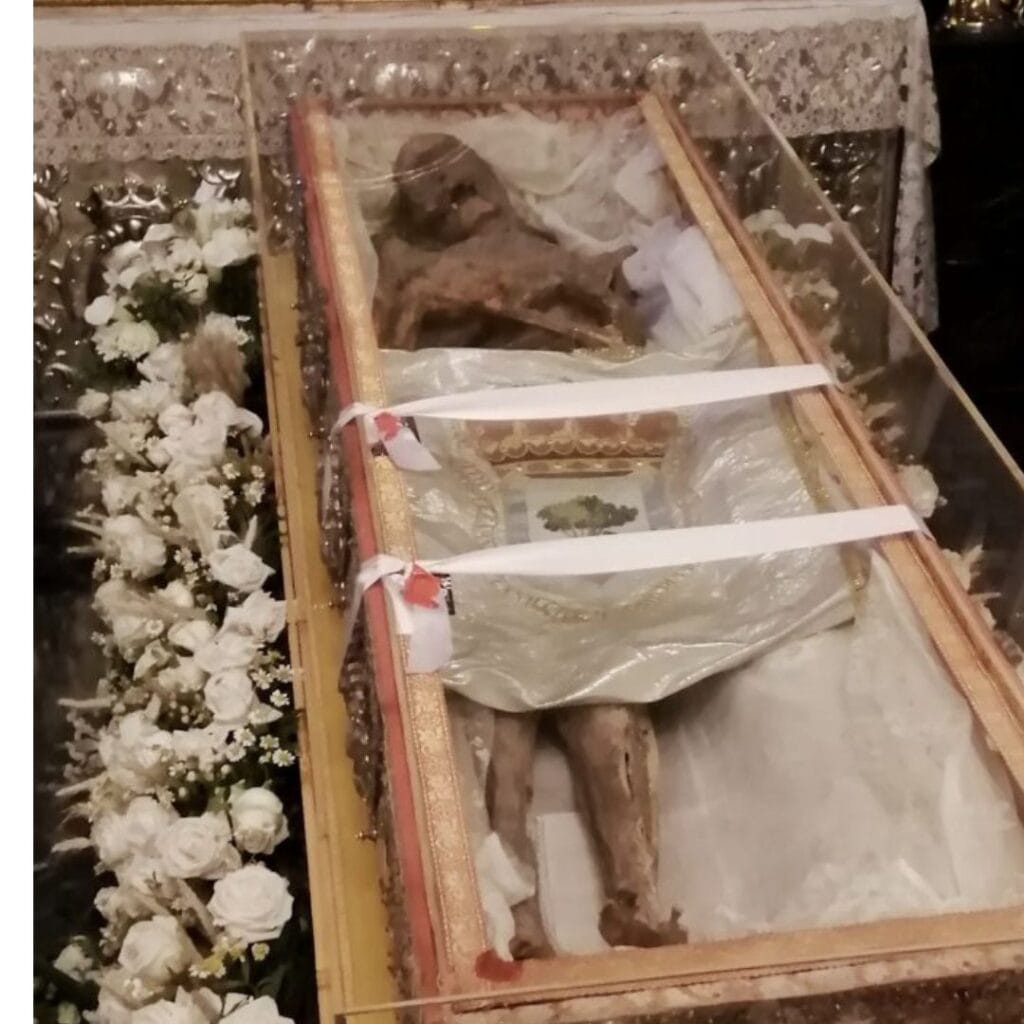
Kept in a coffin with nine locks that only the King holds the key to, when he got his last airing in May 2022 the coffin hadn’t been opened since 1985. Probably all for the best as he’s been knocked about a bit over the years. The body parts of saints have long been coveted for their healing properties and it’s rumoured that a lady in the court of Isabella I of Castille bit off his toe, presumably hoping to obtain some of his powerful juju. Carlos II, the last ruling Habsburg who suffered from countless ailments (most likely caused by interbreeding) even slept beside the mummy in the hopes it would help him recover.
On the 400th anniversary of his canonisation, I went along to take a gander at him myself, joining a huge queue outside the Colegiata de San Isidro. There was quite a festive atmosphere and many took selfies with the corpse! Unfortunately, I spaced out and failed to get a good shot of him before being ushered on so had the pinch the above from Clare Starkie, who writes the excellent history blog Confused Heap of Facts.
The Miracles of San Isidro
So why all the fuss? Well, the miracles wrought by Isidro during his long lifetime were pretty impressive. Apparently, he got angels to plough the fields for him, brought forth springs out of parched earth, and conjured food out of thin air. The most popular story about San Isidro is more than a little weird. Supposedly, he was working out in the fields when his wife perhaps suffering from a case of postnatal depression, “accidentally” dropped their baby down a well. When he returned home, he got down on his knees with his wife and both started to pray. The waters of the well miraculously rose. It’s not known exactly where this well is but the Museo de San Isidro claims they’ve got the authentic one as does the Biblioteca Iván de Vargas nearby. Aesthetically, I prefer the latter.
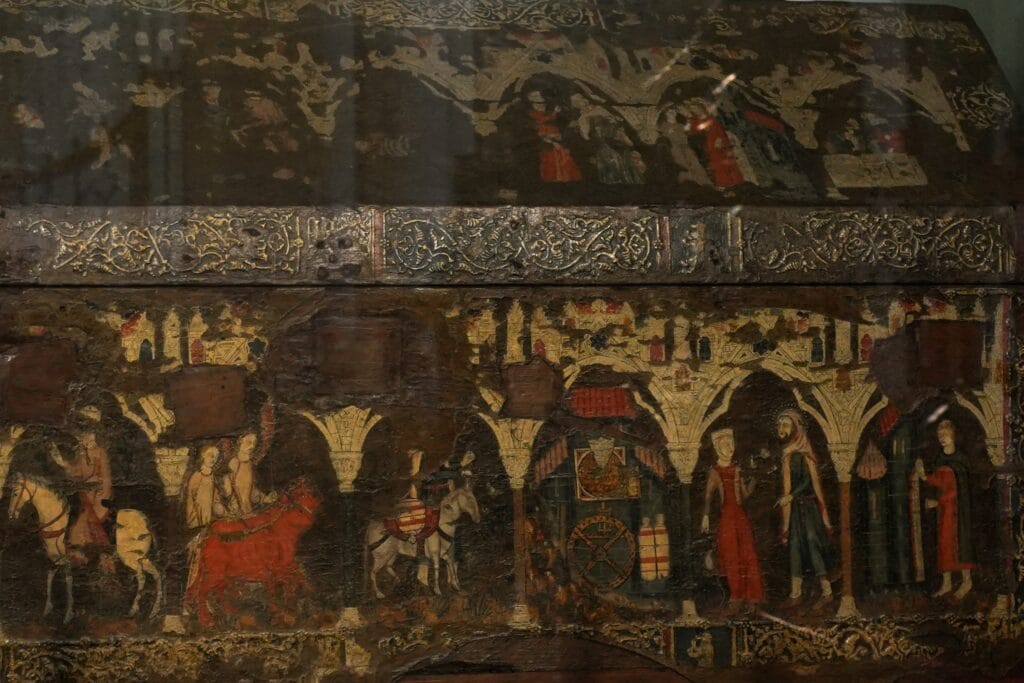
Our knowledge of San Isidro’s life comes from the vanished Codex of San Isidro and a beautiful 13th-century arc that has been on display in the Almudena Cathedral since the 400th anniversary of his canonization. It’s well worth visiting the cathedral to take a look as it’s a beautiful object: the Mudéjar artwork on the sides illustrates the miracles he performed, showing exactly why he’s a character you’d want to align yourself with in a fix!
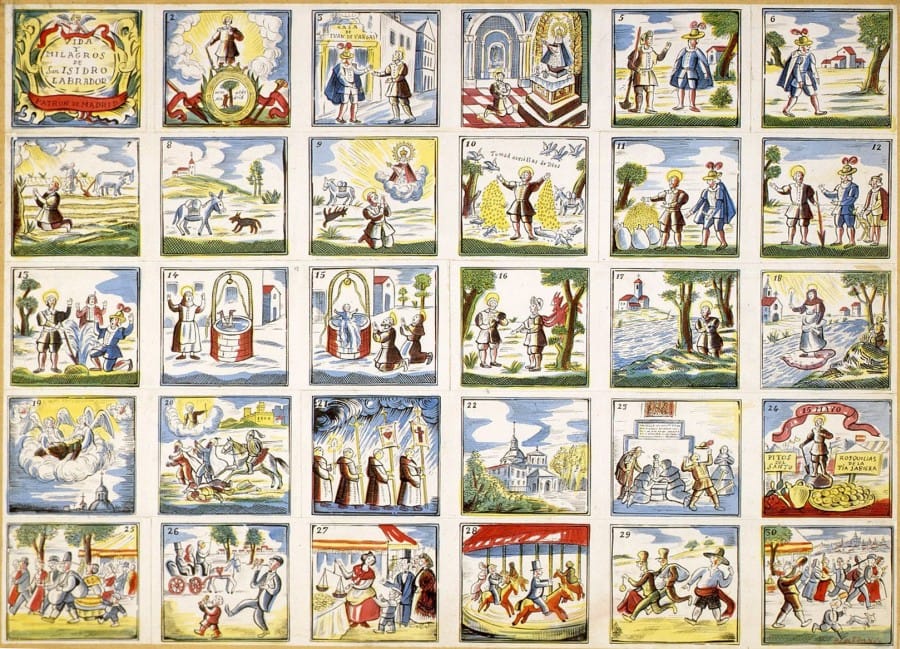
In my own small way, I’m linked to the saint himself as Isidro also happens to be my husband’s surname; a name the family was forced to take after the Reconquista by the Catholic kings when all Jews had to convert to Christianity or be kicked out of Spain. To demonstrate their new Christian identities these families were given the surnames of saints, surnames that nevertheless marked them out as former Jews.
Convert to Christianity?
There’s good scientific evidence to back up the theory that San Isidro himself was a convert to Christianity. During his latest unveiling, scientists from the faculty of medicine at Complutense University scanned his skull in order to reconstruct his facial features. The results showed a mixture of Caucasian and African features that indicated he could possibly have been of Berber descent indicating that he could well have been Muslim before the Christians took over.

Canonisation
Though he was officially made a saint in 1622, San Isidro’s beatification came on May 15 1620, coinciding with the official inauguration of Plaza Mayor; I find it interesting that this came 500 years after his death but conveniently hot on the heels of Felipe II making Madrid the permanent home of the Spanish court! Still, Madrid is proud of its saint and the city has been celebrating the occasion ever since.

Key Festival Dates for 2025
For 2025, the festival will run from May 3 to May 15, with the official program set to be released by the city council on May 6. Here are the key dates to mark in your calendar:
- Saturday, May 3: Opening in the Pradera de San Isidro
- Sunday, May 4: Blessing of the Agua de la Fuente Santo
- Monday, May 5: Extraordinary opening of the Chapel of San Isidro
- Thursday, May 15: Main day of celebration – San Isidro’s Day
The council has announced that this year’s program will include a diverse musical lineup featuring avant-garde music alongside nostalgic sounds, rock, pop, electronic music, indie, mestizaje, urban proposals, flamenco, and traditional music. However, with the conservative PP party currently in control of the city, we can expect the festivities to lean toward the traditional side and I’ll miss the more experimental concerts that used to be held close to Matadero arts centre.
Festival Locations
The party is spread over the city but the main venues are:
- Plaza Mayor: Traditional dancing, concerts and celebrations
- Pradera de San Isidro: The main gathering spot with picnics, music and festivities
- Matadero: Contemporary live music and performances
- Jardín de las Vistillas: Music and traditional festivities
- Chapel of San Isidro: Religious ceremonies and the famous saint’s fountain
One tradition that lives on to this day is visiting the spring next to the Chapel of San Isidro to drink the saint’s water, believed to have healing properties. Combine this one with a visit to the Pradera de San Isidro: you’ll find the chapel at the top of the long drag of festival stalls.
If you want to join in the fun, you’ll first need to get yourself kitted out as a chulapo or chulapa. The chulapas sport colourful spotted dresses and wear a red carnation in their hair while the chulapos pop a carnation in the buttonhole of their chequered waistcoats and wear a chequered cap to match. Chulapas then literally take chulapos for a spin while dancing the chotis. Here’s a little video below of how it’s done. The word chulo, by the way, is also used as an adjective and can mean someone is saucy or a little bit cheeky, which is the attitude most Madrileño chulos like to maintain!
Special workshops on how to dance the chotis will be offered again in 2025. I attended these workshops last year and had an absolute blast learning this traditional Madrid dance. It’s a wonderful way to immerse yourself in local tradition.
Traditional Festival Food
Food is another important factor and there’s lots on offer during the festival:
- Rosquillas de San Isidro: A kind of hard doughnut covered in icing. They come in different varieties: listas (“smart”, or glazed), tontas (“dumb”, or plain), de Santa Clara (covered in dry meringue) or francesas (with almonds).
- Gallinejas and entresijos: Deep-fried lamb’s innards
- Limonada: Lemonade made with freh lemons
It’s also useful to know that the strict rules on street drinking are waived in festival areas, meaning you won’t get slapped with a huge 600 euro fine for opening up a can of beer in public.

Music and Entertainment
My favourite part of San Isidro, however, is the live music. In Matadero, there’s usually some great contemporary live music to see while over in Plaza Mayor, the symphonic orchestra plays traditional numbers including zarzuela numbers – if you want to read about Spain’s answer to opera, check out the piece I wrote for the FT last year. The full programme can be downloaded from the Ayuntamiento website but here’s a little guide to venues:
- Matadero: Great contemporary live music scene
- Plaza Mayor: Traditional numbers including zarzuela performances
- Pradera de San Isidro: Mix of traditional and modern performances
- Jardín de las Vistillas: Popular night festivities and concerts
Around the streets of central Madrid, you’ll see organ grinders (barquilleros) in their San Isidro costumes selling traditional sweet snacks called “barquillos.”
Practical Information
Getting There:
- Pradera de San Isidro: Metro Lines 5 and 6 to Puerta del Ángel or Carpetana
- Plaza Mayor: Metro Lines 1, 2, and 3 to Sol
- Las Vistillas Gardens: Metro Line 5 to La Latina
- Matadero: Metro Line 6 to Legazpi
Tips for Visitors:
- Wear comfortable shoes as you’ll be walking and dancing a lot
- Arrive early at popular events to get good spots
- Even if you don’t go full chulapo/chulapa try to find yourself a spotted dress or a chequed cap
- Download the official festival program when it becomes available on May 6
Whatever you decide to do during San Isidro, with spring fully underway and happy Madrileños filling the streets, it’s a marvellous time of year to experience Madrid at its most authentic and festive!
Keen to find out more about the history of Madrid? See another side of the city with one of my unique walking tours.
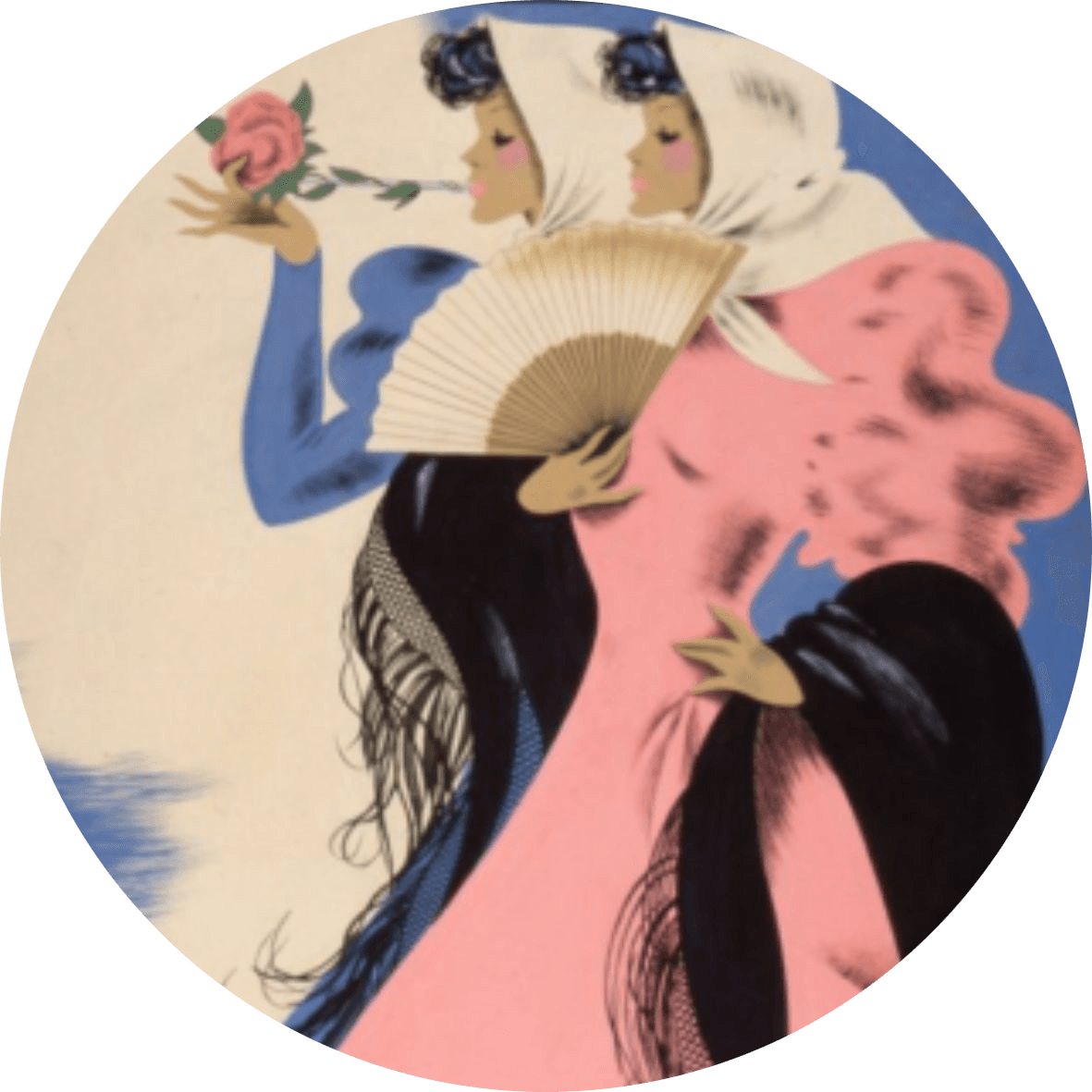
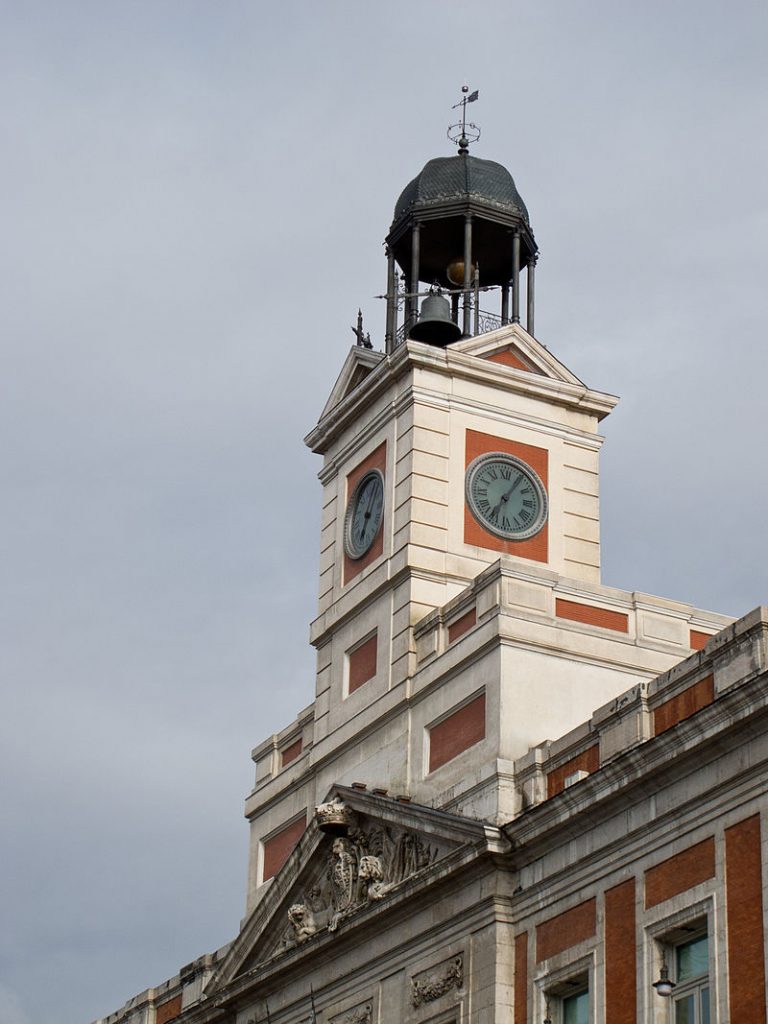
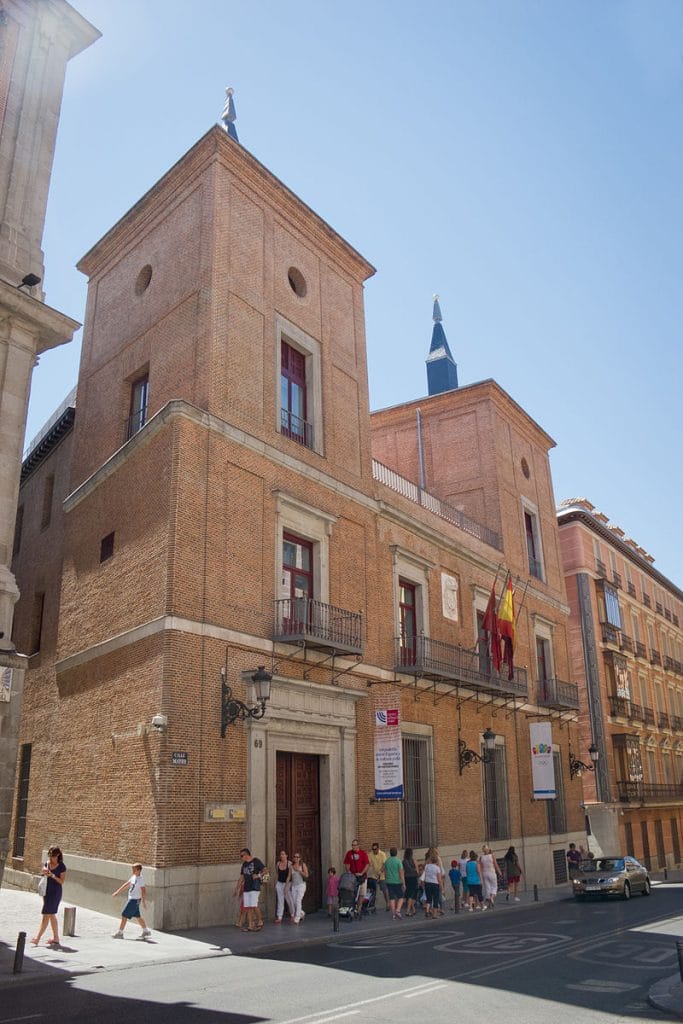
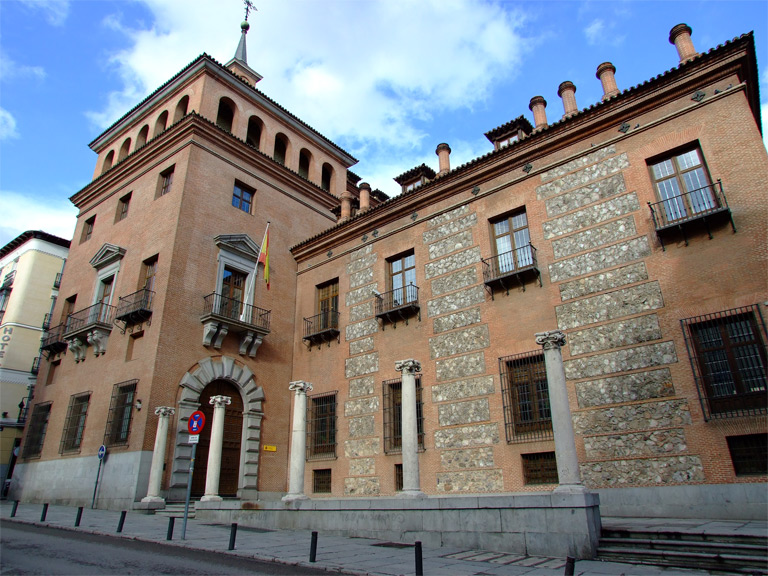
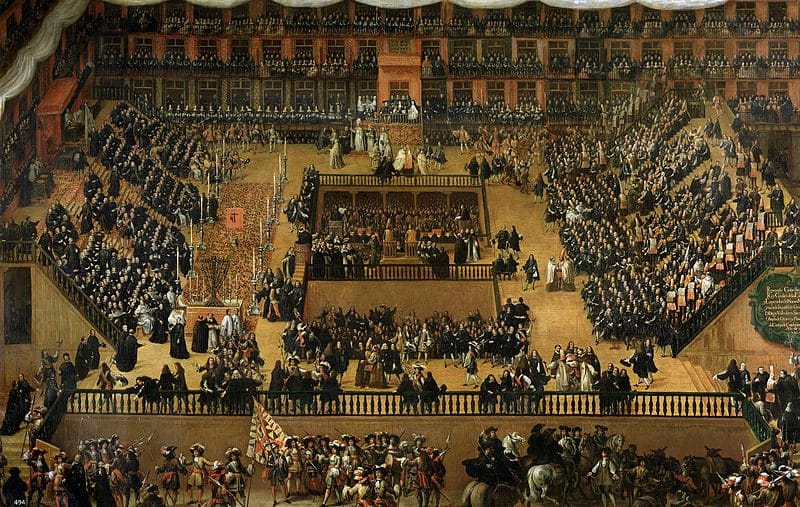
Pingback: Ten Truly Madrileño Terms - The Making of Madrid
Pingback: Three Museums that Reveal Madrid Through the Ages - The Making of Madrid
Pingback: Plaza de la Cebada: a Grotesque Reshaping of a Historic Square - The Making of Madrid
Pingback: Shaping the skyline¨: Madrid's most notable architects - The Making of Madrid
Pingback: The Habsburg Jaw - The Making of Madrid
Pingback: Muy majo: Madrid's fiercely independent working class tribes - The Making of Madrid
Pingback: Where to find a bathroom in Madrid - The Making of Madrid